Team creates an effective seizure interview tool
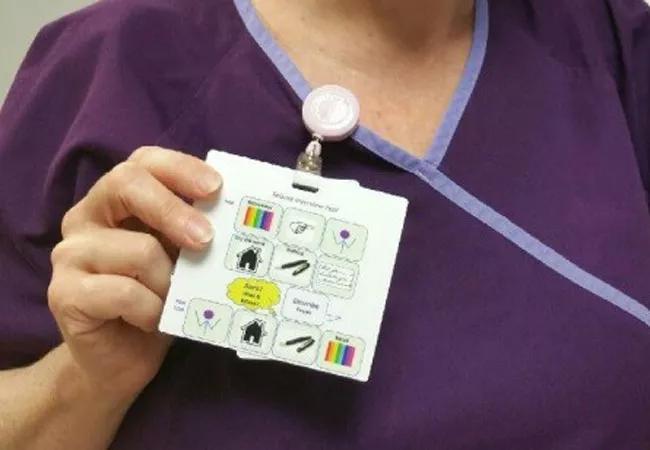
For patients on the nine-bed Pediatric Epilepsy Monitoring Unit (PMU) at Cleveland Clinic Children’s, evaluation of their seizure types and location in the brain is critical. A comprehensive assessment of seizure signs and symptoms using a standardized interview tool provides important clues to the seizure onset region, which can in turn help physicians determine if the patient is a surgical candidate. But when a multidisciplinary team led by Ahsan Naduvil Valappil, MD, reviewed seizure interviews on the PMU in 2015, they discovered many were incomplete, resulting in little or no benefit for patient evaluation.
Advertisement
Cleveland Clinic is a non-profit academic medical center. Advertising on our site helps support our mission. We do not endorse non-Cleveland Clinic products or services. Policy
“We noticed there were a lot of inconsistencies in the way staff nurses and float nurses completed seizure interviews,” says Lisa A. Bell, MSN, MHA, RN, NE-BC, Nurse Manager on the unit. “A thorough seizure tool was needed because it impacts length of stay, the overall treatment plan and any subsequent management in epilepsy patients.” Bell worked alongside Dr. Naduvil, other nurses, physicians, medical fellows and EEG technicians to create a standardized seizure interview tool for the PMU.
It’s standard practice on the PMU for nurses to videotape the EEG recording and seizure interviews during active seizures. Physicians rely on a combination of those two interventions to help assess patients and determine whether they are possible candidates for surgery or other medical interventions.
In early 2015, the nursing staff reviewed 10 seizure videos, using a 16-point checklist, of patients between the ages of 8 and 18 who were not cognitively limited. The checklist includes items such as asking patients what they feel, asking them to raise their arms and asking them to repeat a specific word. The results were telling:
The results confirmed to the interdisciplinary team spearheading the project that they needed to create a seizure interview tool. So they reached out to the stakeholders – the clinical nurses who conduct the interviews – for input. “If you’re going to acquire buy-in for a new process, you need to ask the people on the frontline,” says Bell.
Advertisement
Nurses on the PMU identified several reasons why seizure interviews were incomplete, including the following:
Based on feedback from the nursing staff, the project team created a seizure interview tool called the “Grab and Go.” The two-sided, laminated sheet is attached to the door of every patient room. A smaller version was created as a badge backer so nurses can place it on their name badges.
The seizure interview tool clearly lists the steps for two caregivers entering a patient room, with one caregiver engaging the patient and the other handling ancillary tasks. The first caregiver is instructed to lead the seizing patient through a series of instructions and questions, including the following:
Advertisement
In addition, the nurse describes the motor events (patient twitching, turning, jerking, etc.) clearly and loudly so they can be heard on the seizure video recording.
Meanwhile, the second caregiver follows another list that includes guidelines to remove the patient’s covers, ensure the video camera is not blocked and call the EEG technicians once the seizure has stopped.
“Once the patient is done seizing, the nurses turn the card over and ask the patient again to point to the door, read a couple statements and describe what’s going on in a picture shown on the card,” says Bell. The goal is to see how long it takes the patient to get back to baseline.
After the seizure interview tool was developed, Dr. Naduvil and a medical fellow explained how it works to nurses during several huddles. The tool became standard practice for nurses in the PMU by May 2015. “Nurses have everything they need in one place,” says Bell. “The tool puts them at ease because they have something tangible to hold onto in a seizure situation. It’s not something they’re expected to do off the top of their head.”
The tool is effective. When the nursing staff reviewed 10 post-implementation seizure videos, 70 percent of them had 10 or more items on the 16-point checklist tested, surpassing the project team’s goal of 50 percent of seizures with satisfactory interviews (10 of 16 items checked). Bell and her peers did a poster presentation on the Grab and Go tool at the Society of Pediatric Nurses’ 2016 annual conference.
Advertisement
Two years after implementing the seizure interview tool, it’s still utilized in the PMU. “It’s a really simple tool, and it’s sustaining,” says Bell. “It’s not something we did for a six-week project, then was thrown to the wayside. It’s now hardwired and part of our practice. I am very proud of this interdisciplinary accomplishment.”
Advertisement
Advertisement
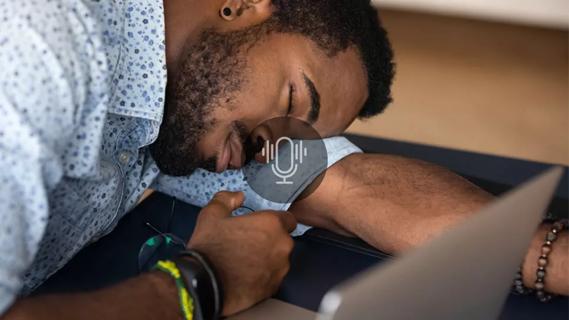
Testing options and therapies are expanding for this poorly understood sleep disorder
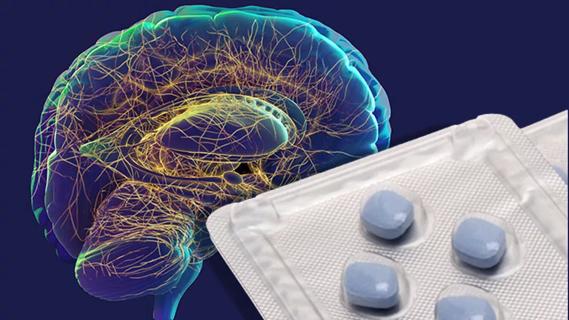
Real-world claims data and tissue culture studies set the stage for randomized clinical testing
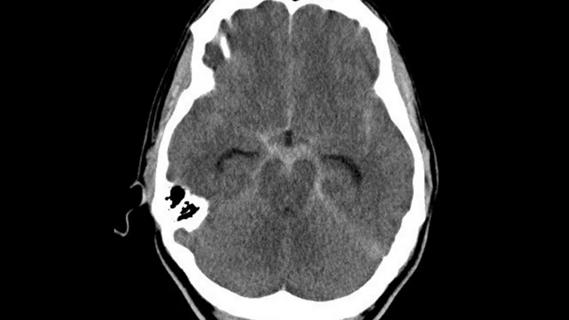
Digital subtraction angiography remains central to assessment of ‘benign’ PMSAH

Cleveland Clinic neuromuscular specialist shares insights on AI in his field and beyond
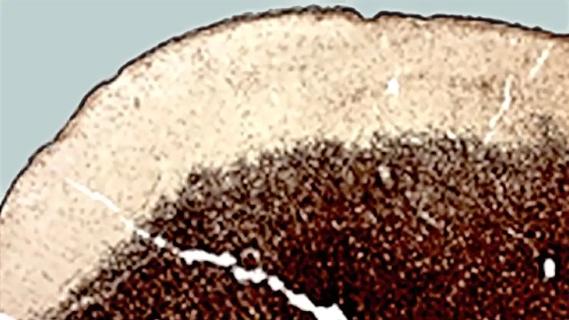
Findings challenge dogma that microglia are exclusively destructive regardless of location in brain
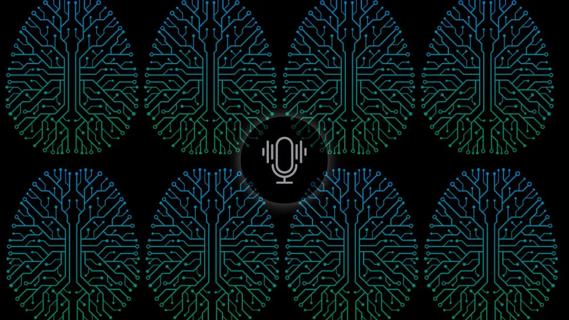
Neurology is especially well positioned for opportunities to enhance clinical care and medical training
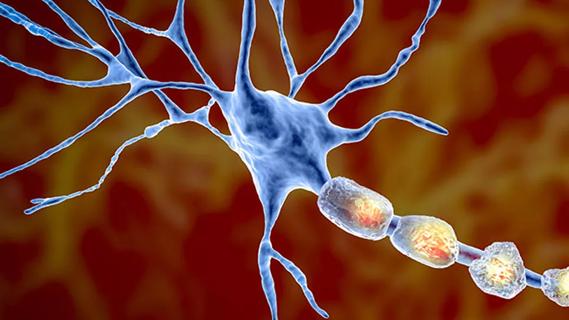
New review distills insights from studies over the past decade

Guidance from an expert on distinguishing — and co-managing — the disorders